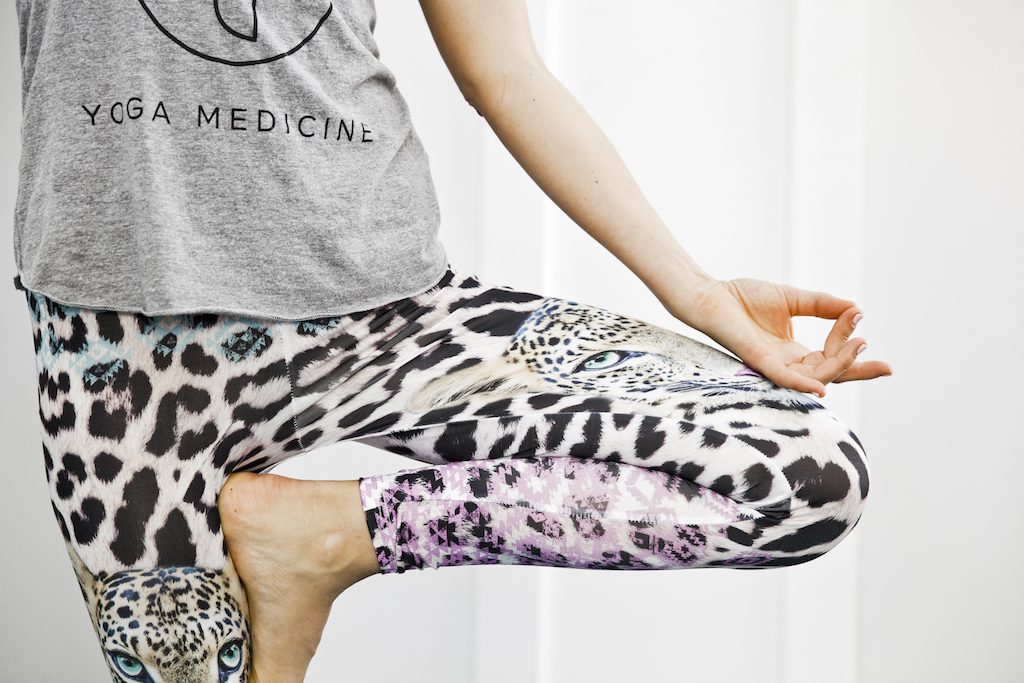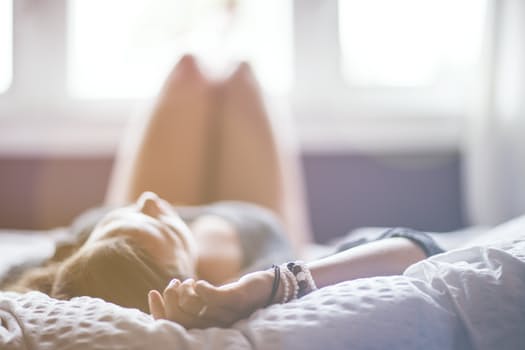Dr Susannah Ward
Many people suffer chronic pain, particularly in the lower back region. As a yogi, I know first-hand just how effective yoga can be for health and wellbeing and I have often heard others express how yoga has helped manage their back pain. So should yoga be suggested as a therapy for back pain? Is there any decent evidence in the literature to warrant its use?
Well, a recent Cochrane review looking into the latest evidence for the use of yoga in the treatment of chronic non-specific lower back pain (CNLBP) has revealed some evidence for its use in both pain relief and in improving function (1).
FYI the Cochrane group provides health professionals with high quality reviews of the latest evidence for health care interventions. They are widely accepted as a reliable source of evidence and are commonly drawn upon to guide practice by the medical community.
Here is a summary of the findings from this recent Cochrane review on yoga for back pain:
- There was low to moderate quality evidence that, compared to ‘non-exercise’ controls such as education, yoga caused improvements in function at 3 and 6 months.
- There was a non-statistically significant improvement in pain relief with yoga compared to ‘non-exercise’ controls.
- The poor quality of the trials analysed meant that it was unclear if:
- yoga was more effective than other exercise interventions in treating pain and improving function.
- the addition of yoga to ‘other exercise’ was more effective than treating with ‘other exercise’ alone.
- It found that yoga was associated with more side effects, such as increase in back pain, than ‘non-exercise’ controls but that side effects were rated similarly to the ‘other exercise’ groups.
The Cochrane group concluded its findings with a recommendation that further research be done. These future studies need to be using larger numbers of participants, blinded, randomised and consider longer term outcomes.
I feel it would also be useful to investigate whether participants continue their yoga practice over time and, if so, why, and to look at whether yoga improved acceptance of pain and wellbeing even if it didn’t reduce the pain. Yoga teaches that pain is an inevitable part of the human experience but that suffering can be minimised through acceptance and surrender. Yoga is a powerful tool to help build the ability to move and work with unpleasant sensation using the breathe and self-compassion.
Takeaway points:
- Currently there is insufficient high quality evidence to argue that yoga improves symptoms (pain relief and functional improvement) in people suffering CNLBP compared to other interventions.
- There is only low quality evidence suggesting yoga improves function short term in some people. So, recommending yoga to people living with CNLBP may be worthwhile but being mindful that it may increase pain.
This Cochrane review reflects the growing interest and research by western medicine and science looking at yoga as a health tool, which is a wonderful thing. I look forward to reading further reviews on yoga in health care, not only for the treatment of back pain but within many other domains of health and wellbeing.
References
- Wieland LS et al., Yoga Treatment for chronic non-specific low back pain, Cochrane Database Systematic Reviews, 2017.






